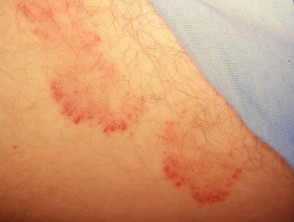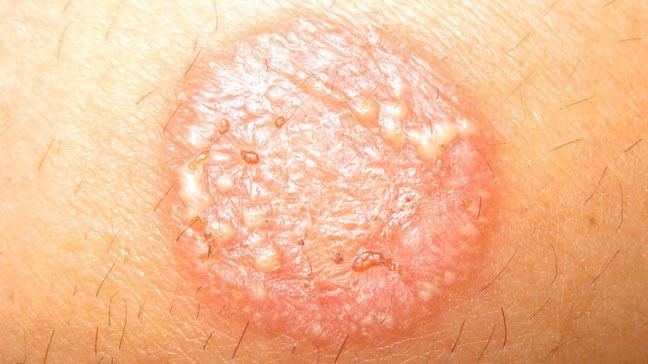
Tina Cruris, also known as jock itch, is a skin infection caused by a fungus called dermatophyte. It affects both sexes and people of all ages, though it is more common in hot, humid climates. Because it is contagious, it is spread easily by scratching the affected areas and by using bed sheets. Despite being highly contagious, it is not dangerous to the patient.
The primary treatment for tinea cruris involves topical ointments containing fulvic acid and sodium salicylate, an aqueous solution that is highly effective in eliminating the fungus. It has no toxic by-products and no anaphylactic reaction, and is considered safe and effective in treating tinea cruris. In addition to topical application, treatment with these creams requires the use of a physician with a special interest in dermatology.
Treatment of tinea cruris should include an evaluation to determine the underlying causes. The condition can be classified into two types: acute and chronic. Chronic tinea cruris presents as a large, scaly plaque with a raised border. It can also present as papules and in some cases, the skin fold may become infected with fungus. The disease can also occur in the pubic region.
A diagnosis of tinea cruris requires an in-depth evaluation of the underlying cause. If the diagnosis is unclear, an evidence-based approach can help guide care. This includes avoiding common mistakes associated with dermatophyte infections and providing patients with appropriate treatment options. Further, a multidisciplinary approach is recommended to improve patient outcomes and reduce healthcare costs. When determining the exact underlying cause of tinea cruris, physicians should consult a dermatologist to confirm the condition.
Diagnosis of tinea cruris is crucial to prevent a serious infection. It is usually characterized by a scaly rash that extends from the inguinal skin fold to the lower abdomen. It can also affect the buttocks and the perineum. Generally, the condition does not spread to the penis. Fortunately, the rash is not as severe as the infection that causes it.
The symptoms of tinea cruris can be difficult to diagnose. Fortunately, a new drug is being developed that will cure the condition. It contains fulvic acid and sodium salicylate. This drug is highly effective and has low side effects. It is also a great choice for those with dermatophyte infections. Its safe and effective ratios are 86%. The drug can be applied to affected areas of the body.

Tina Cruris is a skin infection caused by pathogenic fungi. Typically, it starts in the inguinal skin fold and spreads to the inner and lower thigh. It may also affect the perineum and buttocks. It typically spares the penis. In the most severe cases, a large, scaly plaque with raised border will appear and can be very painful.
Treatment for ringworm depends on the underlying causes of the infection. Typically, the infection begins in the inguinal fold and may develop into a bilateral rash. The rash may spread to the buttocks, perineum, and lower abdomen. Although it often spares the penis, it can also affect the buttocks and perineum. Some women may be allergic to a drug or medicine, and some people are allergic to it.
Tina cruris is a fungal infection that affects the skin. There are several different types of dermatophytes that cause this infection. Some are more likely to cause symptoms than others. People with this infection may also experience skin discoloration. It is best to see a doctor and visit the site https://www.value.co.th/
as soon as symptoms appear. The disease is often difficult to treat and can lead to permanent scarring.
The treatment for this condition is simple. As a rule, local treatment is sufficient. A prescription antifungal cream or lotion can be used for three to four weeks. The skin after bathing is usually dry, and some people may also experience excessive chafing and irritation. Depending on the severity of the infection, oral medications may be needed. As with most skin conditions, proper prevention is the best way to treat athlete’s foot.